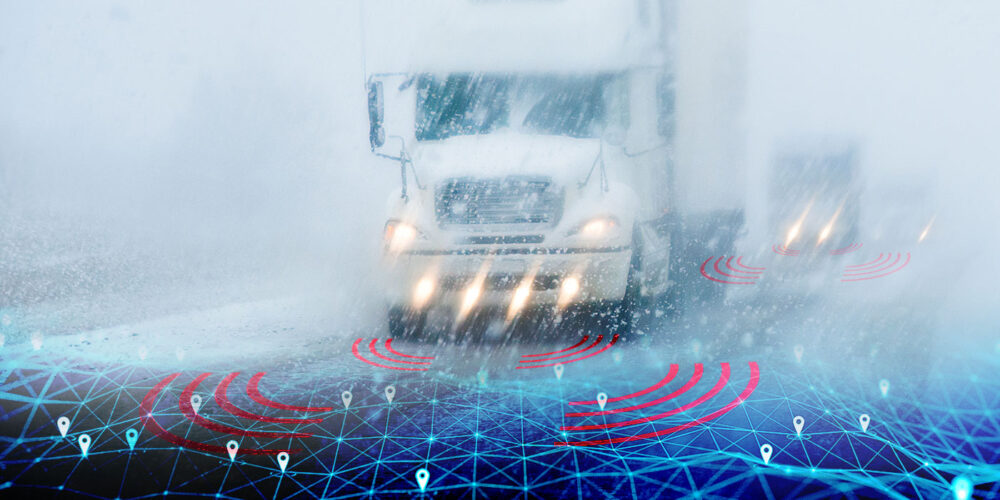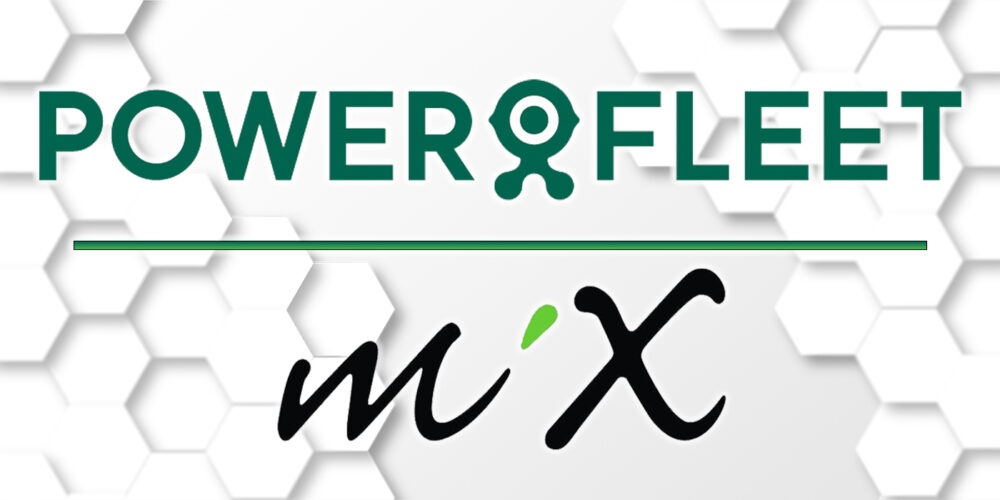For many regions of the country, winter lasts long into March and it’s not uncommon to have the occasional snowfall in early April. This means fleets must have a comprehensive winterization action plan that lasts several months, and a strategy based off the entire calendar.
Sophisticated technologies need service during winter
The process of winterization continues to evolve from just a few years ago, and advanced, sophisticated truck technology means fleets and their maintenance personnel must take a wide look at their trucks today. As an example, it’s becoming more common to have Advanced Driver Assistance Systems (ADAS) as part of the specs when ordering and operating equipment today. This technology is crucial as it is designed to guide drivers in getting to their destinations safely, and includes adaptive cruise control, automatic emergency braking, blind-spot detection, and forward-collision warning systems.
Features like lane departure warning systems use video, laser and/or infrared lasers to detect visible road markings that are covered by snow, slush, salt or ice. Forward-collision warning systems use front-facing cameras or radar to take corrective action. These sensors may also be affected by snow, slush, salt or ice.
The importance of communicating with drivers
Communicating with drivers can be key in properly maintaining these technologies, especially during the winter months. It is important to discuss with drivers that ADAS isn’t there simply to assist with safety and driving. Drivers still must be in control of the vehicle at all times, and recognize when roads are slippery and that stopping distances will need to be increased even with ADAS. They may also need to clean the sensors, radars, and cameras for the lane departure warning and forward-collision warning systems more than once during a trip when driving in snowy or icy conditions.
This process of communication with drivers has recently become front and center stage for many fleets, especially as organizations look to recruit and retain their drivers through better safety measures. After reigning as the top industry concern for five years in a row, the driver shortage concern dropped one position in 2022 to the second-highest concern on the American Transportation Research Institute’s (ATRI) 2022 report. According to the American Trucking Association, the industry’s current shortage of over 80,000 truck drivers could grow to over 160,000 by 20301.
Listen to the drivers as they can provide an immense amount of feedback when it comes to what the ADAS system is doing and how it is operating. As an example, some of the early versions of forward collision radars were detecting everything and the drivers were reporting that the trucks were hard braking on their own, which is not ideal. These issues were likely rectified from their feedback and evolution of the technology.
Are your technicians up to speed on ADAS?
Fleets must also ensure their technicians are trained on the latest ADAS technology. Technicians must be able to use diagnostic software to check for power, ground, and data link connections. Lack of knowledge on these items can lead to increased costs and a broken system. Training technicians on Original Equipment Manufacturer (OEM) and aftermarket ADAS systems, as well as providing them with refresher training is critical in keeping up with this ever-changing technology. Also, learning how the system interacts and communicates with the truck is a key component in diagnosing issues.
The most significant culprit with ADAS issues typically centers around a drop in voltage. It takes as little as 0.2 volts to set off a sensor; and any corrosion in any part of the wiring has the potential to cause this. Technicians must start their diagnosis with the obvious point of corrosion, the battery.
Fleets should add ADAS to their PM (Preventive Maintenance) schedules now. Servicing the ADAS is just as important as an oil change or tire rotation. Proactive monitoring will mitigate potential issues, even if the ADAS just needs a software upgrade.
Why it’s important to itemize M&R costs
ADAS repairs as well as other maintenance parts replacements can be costly for fleets, but having the visibility to breakout line-item costs allows the operations department to better align M&R strategies to preserve the overall bottom line. When fleet personnel have each cost center broken out individually, they can go line item by line item and review efficiencies in each bucket – how are rising repairs and parts costs affecting the scheduled maintenance, preventative maintenance, tire and brakes replacement, etc.?
What’s more, the type of lease structure utilized by a fleet can further impact overall M&R and ADAS costs. Depending on the lease structure – full-service or unbundled – fleets may have an important choice when understanding what is included in their M&R services and costs. There are variable inputs that make up these costs and it’s not as simple as just looking at M&R as a single bucket, per se. Fleets must be able to dissect all critical M&R parts and components like tires, brakes, service and repair, etc., and ADAS systems such as lane departure warning.
If a fleet typically runs 500 tractors, and there was an expected downtime of 8% to 10%, they may see their parts costs increase and their labor increase when they’re tied to a non-negotiable full-service agreement over a period of time. However, with an unbundled agreement, these fleets aren’t tied to any one parts supplier in particular, freeing up the fleet organization to shop around for the best system price and availability.
Fleets that have the right visibility into their M&R costs, unbundled lease structure flexibility to apply to their M&R and Safety strategies, and proactive communication between drivers and fleet personnel will have a better competitive advantage this winter and beyond. Including drivers in the conversation around safety initiatives and acknowledging their input is important for their safety and retention. Also, your drivers and insurance company will both appreciate that you are spec’ing the latest and greatest safety features.
As more fleets replace aging trucks with newer, safer equipment on the roads, they will keep drivers and others on the road safer, retain drivers at a higher rate and also enjoy substantial savings in reduced accident and litigation costs as well as lower maintenance and repair expenditures.
Matthew Wiedmeyer, CTP, director of fleet services, Fleet Advantage, a provider of truck fleet business analytics, equipment financing and lifecycle cost management.














